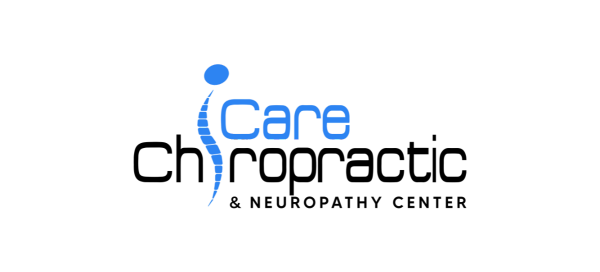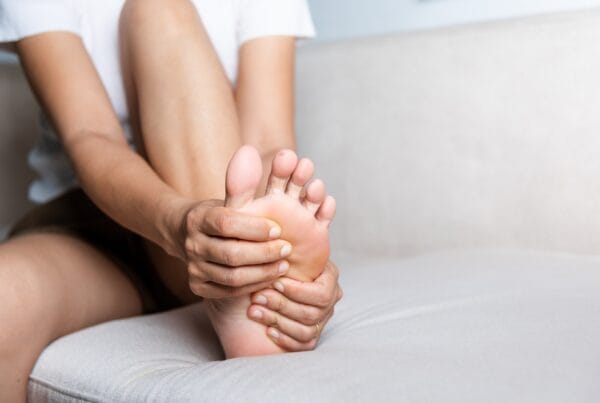What is Sciatica?
Nearly everyone will have back pain at some point in life, but with sciatica, you’ll know something is different immediately. Pain that begins in your back, travels down to your buttocks, and shoots down your leg is a classic sign of sciatica. The shooting pain down your leg is caused by compression on nerves exiting your spine. Even a tiny amount of pressure can cause tremendous pain, so getting rid of the inflammation and opening up space for the nerve is essential to start finding relief.
Pinching or compression on a spinal nerve can occur because of an injury to one of your spinal discs (such as disc herniation), the development of a bone spur, or ligaments that have increased in size. Either way, it’s likely to cause pain and discomfort until you can decrease the inflammation, open up space for the nerve, or improve the movement of the spinal joint.
Sciatica occurs when a spinal nerve gets pinched by a disc, bone spur, or ligament and can cause pain that travels down the buttocks and leg.
Research has discovered that 60% of people with sciatica benefitted from chiropractic adjustments to the same degree as if they underwent surgical intervention (without any risks!).
Exercise and rehab can help strengthen the muscles supporting your spine and reduce the likelihood of a relapse.
What You Need to Know About Sciatica
Sciatica is leg pain, numbness, or tingling that originates in your low back. And wow, can it hurt! The sciatic nerve is the largest nerve in the body. It is made up of individual branches or nerve roots in your lower back that combine to form the sciatic nerve, which then travels down into your legs. Increased leg pain when sitting, weakness in your leg/foot, and sharp pain that makes walking difficult are common symptoms people experience when the sciatic nerve is pinched or irritated.
Did you know that sciatica often resolves without resorting to risky medications or dangerous surgery? Research has shown that 89% of patients suffering from sciatica responded very well to chiropractic adjustments. Medications or injections are no longer a first-line treatment due to their risks and limited effectiveness. Also, if you’ve thought about therapy that doesn’t include spinal mobilization, here is something to consider: a recent paper found that 20% more patients experienced relief with spinal adjustments than exercise alone.
Nerve roots in your lower back combine to form the sciatic nerve.
The sciatic nerve travels from your lower back down into your buttocks, legs, and feet.
Research shows over 89% of patients with sciatica respond well to chiropractic care.
Science Source:
- Manipulation or microdiskectomy for sciatica? A prospective randomized clinical study. JMPT 2010
- Outcomes of Acute and Chronic Patients with Magnetic Resonance Imaging-Confirmed Symptomatic Lumbar Disc Herniations Receiving High-Velocity, Low-Amplitude, Spinal Manipulative Therapy: A Prospective Observational Cohort Study with One Year Follow-Up Journal of Manipulative and Physiological Therapeutics. March/April 2014
- Outcomes of Acute and Chronic Patients with Magnetic Resonance Imaging-Confirmed Symptomatic Lumbar Disc Herniations Receiving High-Velocity, Low-Amplitude, Spinal Manipulative Therapy: A Prospective Observational Cohort Study with One Year Follow-Up Journal of Manipulative and Physiological Therapeutics. 2014
- Does Maintained Spinal Manipulation Therapy for Chronic Nonspecific Low Back Pain Result in Better Long-Term Outcome? SPINE. 2011





